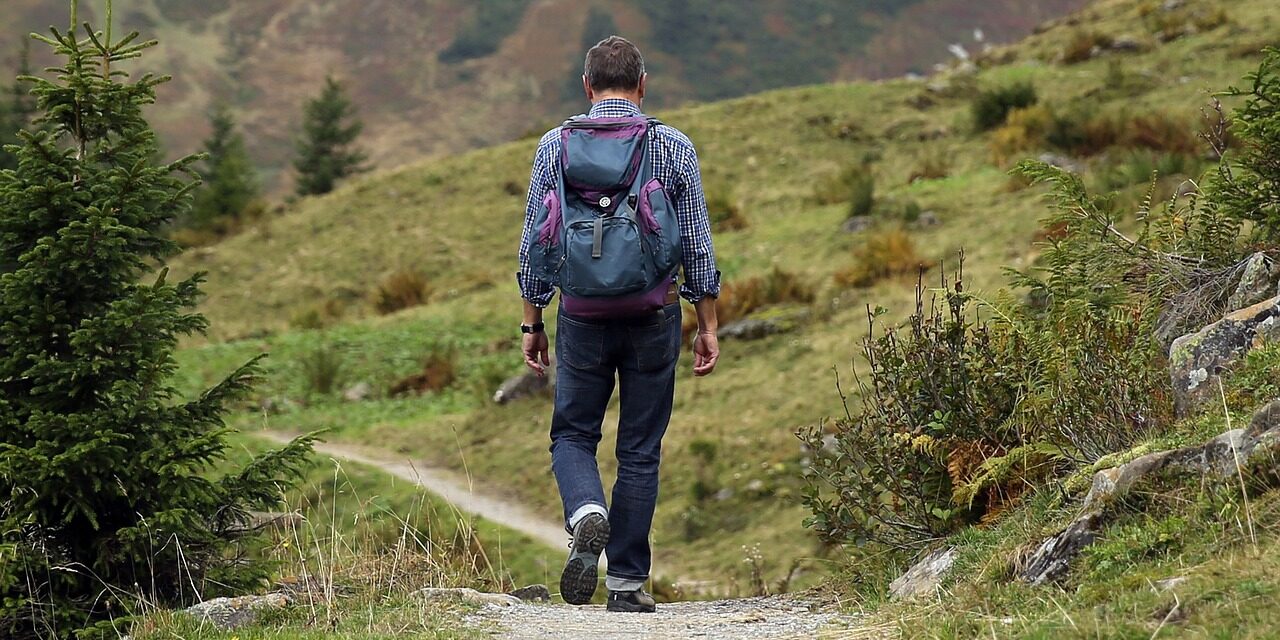In the realm of survival and outdoor adventure, the knowledge and skill of tying knots are as crucial as finding water or building a shelter. Knot tying is an ancient craft, a fundamental skill that has served humanity across cultures and ages, from sailors navigating the treacherous seas to climbers scaling lofty peaks. Today, in our guide on essential survival knots, we delve into the ropes and ties that could very well save your life in the wild. This isn’t just about securing a tent or tying down cargo; it’s about mastering a survival skill that binds safety, efficiency, and ingenuity together.
The art of knot tying is both practical and profound. With the right knot, you can create a secure shelter, hoist food away from wildlife, repair equipment, or even make a rescue line. The versatility of knots, their strength, and their ability to be untied easily when necessary, make them indispensable tools in any survival situation. Our exploration into essential survival knots will equip you with the knowledge to select and tie knots that could prove critical in your outdoor adventures.
As we unravel the secrets of essential survival knots, remember that practice is key. Understanding the theory behind each knot, its strengths, and its applications are just the beginning. The real mastery comes from hands-on practice, tying and retying, until the movements become second nature. Whether you’re a seasoned survivalist, a weekend hiker, or someone who loves the great outdoors, the knots we’re about to explore are the lifelines you need to know.
Join us as we tighten the loop on survival essentials, starting with the most fundamental knots that everyone should have in their repertoire. By the end of this guide, you’ll not only appreciate the utility and elegance of these knots but also gain the confidence to use them when it matters most.
Unraveling the Essentials: Knots for Every Survival Scenario
The Bowline: The Quintessential Rescue Knot
Known as the “king of knots,” the Bowline forms a secure loop that will not tighten under load, making it ideal for rescue situations, securing shelters, or hoisting items. Its reliability and ease of untying, even after bearing a heavy load, make it a must-know for anyone in the wilderness.
The Square Knot: For Joining Ends Together
Also referred to as a Reef Knot, the Square Knot is perfect for tying two ends of a rope together, especially when bundling items or securing bandages in a first aid situation. However, its inability to hold under heavy load or uneven stresses means it’s best used for temporary or low-risk applications.
The Clove Hitch: The Quick and Versatile Binder
For attaching a rope to a tree, pole, or another rope, the Clove Hitch is your go-to. It’s quick to tie and untie, providing a sturdy hold for setting up camp or creating anchor points. Despite its utility, it should be monitored as it can slip under certain conditions.
The Taut-Line Hitch: Adjustable and Secure
When you need an adjustable knot, the Taut-Line Hitch shines. Ideal for securing tarps or tents to make them taut and wind-resistant, this knot’s adjustability makes it perfect for tasks where tension needs to be modified over time.
The Figure-Eight Knot: A Stopper You Can Trust
The Figure-Eight Knot serves as a robust stopper or a way to prevent the end of a rope from fraying. Its strength and simplicity also make it a foundation for more complex climbing knots, ensuring safety when elevation comes into play.
Expert Insights: Mastering Knot Tying with Precision
Experts in survival and outdoor adventures stress the importance of not only knowing how to tie these essential knots but also understanding their specific applications and limitations. Here are some insights from seasoned adventurers:
- Practice Makes Permanent: Regular practice in a variety of conditions is crucial. The more you tie these knots, especially under pressure or in adverse weather, the more instinctive their use becomes.
- Material Matters: The type of rope or cordage can affect a knot’s performance. Experiment with different materials to learn how they influence knot security and ease of untying.
- Safety First: Regularly inspect knots for wear and slippage. In critical applications like climbing or when securing heavy loads, double-check your knots and back them up with additional safety measures.
Understanding the context and correctly applying these knots can significantly impact your survival chances and the overall success of your outdoor endeavors. Whether setting up a shelter, securing gear, or creating a lifeline, the right knot, tied correctly and confidently, can make all the difference.
Summary and Core Takeaways: The Art of Survival Knots
Mastering the art of knot tying is an indispensable skill for any survival situation or outdoor adventure. This guide has introduced you to essential survival knots that provide the foundation for a wide range of survival skills, from setting up a secure shelter to performing rescues. The Bowline, Square Knot, Clove Hitch, Taut-Line Hitch, and Figure-Eight Knot each serve unique purposes that can mean the difference between thriving and merely surviving in the wilderness.
Key Takeaways for Enhancing Your Knot Tying Skills:
- Versatility is Key: Each knot has specific strengths and applications. Learning when and how to use each knot can significantly increase your versatility in managing survival scenarios.
- Practice in Real Conditions: Practice tying these knots in various conditions — in the dark, with cold hands, and using different types of rope. Real-world practice prepares you for real-world challenges.
- Safety Cannot Be Overstated: Always double-check your knots in critical situations. A well-tied knot can save lives, while a poorly tied one can lead to disaster.
- Continuous Learning: The world of knots is vast and complex. Continue to learn and practice new knots, and understand the physics behind them to improve your skills and safety.
The ability to tie a few simple yet effective knots is a cornerstone of survival knowledge. These skills, combined with regular practice and application, will prepare you for a wide range of outdoor challenges. Whether you’re a seasoned adventurer or a beginner in the world of survival and preparedness, the journey of mastering these essential survival knots is both rewarding and potentially lifesaving.
Remember, the rope is only as strong as its weakest knot. By refining your knot-tying skills, you ensure that when the moment comes, you’re ready to hold the line.








